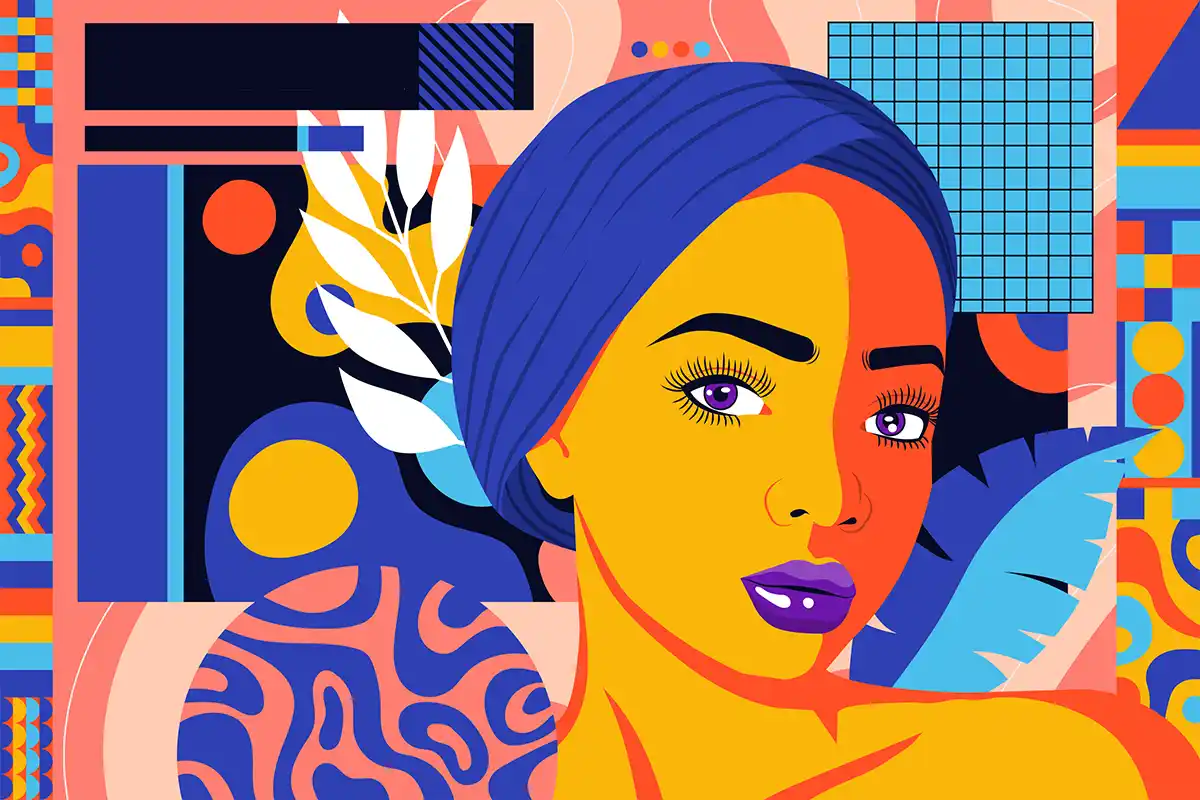While non-fungible tokens (NFTs) are a relatively new concept, there is growing interest in how they can be used to promote women’s empowerment in the digital art world. But the question is “can NFTs play a part in women’s empowerment?” Yes, they can. In fact, NFTs can play a huge part in empowering women. What is the need for women’s empowerment in the digital art world? And how NFTs can play a part in this cause? These are the questions we are going to illustrate in this blog. So, keep reading and know the answer to these questions.
The need for women’s empowerment in the digital art world
It is a fact that historically, women have been underrepresented in the digital art world. This is a problem that we need to address through women’s empowerment. Why do we need to tackle this issue in the digital art world? Because digital art has revolutionized in recent years. Digital arts have not only been popular but are also expanding. They include various forms of creative expression, such as computer-generated images, animations, video games, and virtual reality experiences.
Now, women continue to face numerous challenges in the digital art world despite their significant contributions in this field. They are facing challenges such as recognition, representation, and access to opportunities. These are some serious issues for women that need to be sorted out soon.
Here are the main reasons for the need for women’s empowerment in the digital art world:
- There is a gender gap in the industry that should not be there. It is a fact that women are often underrepresented in technical roles such as programming and development. It limits their ability to contribute to the creation of digital art. Additionally, it is also a fact that women do not have the same access to funding, networking, and other resources as their male counterparts, which can further limit their opportunities.
- There is a prevalence of gender biases and stereotypes in the digital art world. This gender bias leads to assumptions about women’s interests and abilities, or the perception that women’s work is less valuable or important than men’s. Therefore, there is a lack of recognition and visibility for women artists, as well as barriers to career advancement.
How to promote women’s empowerment in the digital art world?
As discussed earlier, women continue to face some serious challenges despite their significant contributions in this arena. They do not get due recognition, representation, and access to opportunities.
However, there are certain steps we can take for women’s empowerment in the digital art world.
1. Raise awareness of the gender gap in the industry
First things first. Raising awareness of the gender gap in the industry is the first and foremost step. Additionally, we also need to raise awareness regarding the ways in which the gender gap affects women’s opportunities and experiences. For instance, we can, and should, promote women’s work. We should also highlight their contributions to the field. Additionally, we can advocate for policies and initiatives that support women’s inclusion and advancement.
2. Challenge and dismantle gender biases and stereotypes in the industry
Secondly, we need to actively challenge and dismantle gender biases and stereotypes in the industry. We can achieve this by creating equal opportunities in the industry. For instance, ensure the promotion of diverse representation in digital art, as well as creating safe spaces for women to share their work and experiences. Simply put, we need to strive for a more inclusive and diverse industry that benefits everyone. And this is only possible by promoting women’s empowerment in the digital art world.
3. Increase access of women to education and training in the digital art
Thirdly, we need to put serious efforts to increase access of women to education and training in digital art. Additionally, we should emphasize education and training in technical roles. To achieve this, we can outreach to young women and girls. One of the technical approaches we can follow is the development of mentorship and networking programs to support women’s career development.
4. Promote the creation and sale of digital art by women artists
Another potential use case for NFTs in women’s empowerment is through the creation and sale of digital art by women artists. We need to make the NFT platform a new platform for female artists to showcase and sell their work directly to buyers without the need for intermediaries. Simply put, NFTs should provide a more level playing field for women artists. It will help in eradicating the issues of gender inequality and biases in the art world.
5. Access to funding
NFTs can also be used as a way to fund female-led initiatives and businesses. By selling NFTs, women entrepreneurs can raise capital without having to rely on traditional financing models that have historically been biased against women and minorities.
6. The creation and sale of digital collectibles that promote women’s empowerment
Another feasible solution is the creation and sale of digital collectibles that promote female empowerment and representation. For instance, NFTs as digital trading cards featuring notable women in history, or digital tokens that represent important feminist movements or ideas. Creating such an NFT collection and promoting it can help to raise awareness about women’s issues and promote greater gender equality.
Women’s empowerment in the digital art world: the wrap-up
The use of NFTs in women’s empowerment in the digital art is still a relatively new concept. However, there is great potential for these digital assets to promote greater representation and gender equality for women in a variety of different fields. When it comes to female empowerment, NFTs can play a role in several ways. They can empower female artists, promote their presentation, and provide autonomy, NFTs can play an important role in empowering women by providing a platform for female creators, increasing access to funding, promoting representation, and providing greater autonomy over their work, and challenging and dismantle gender biases in the industry.

